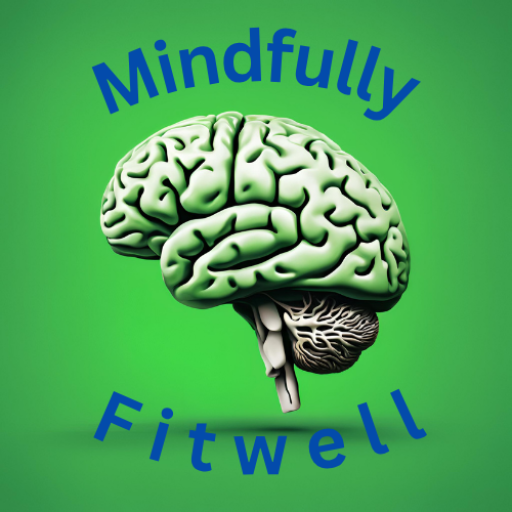When it comes to achieving your ideal body and health goals, understanding the difference between fat loss and weight loss is crucial. Many people use these terms interchangeably, but they’re not the same. By knowing the distinction, you can take the right steps toward sustainable results. And if you’re serious about transforming your body, The Ultimate Fat Loss Course might be just what you need.
What is Weight Loss?
Weight loss refers to a reduction in your overall body weight. This includes:
- Fat mass
- Muscle mass
- Water weight
- Glycogen stores
For example, if you follow a crash diet or dehydrate yourself, you might lose several pounds quickly. However, much of this “weight loss” is water and muscle, not necessarily fat. While the number on the scale goes down, you may not be improving your overall health or appearance.
What is Fat Loss?
Fat loss, on the other hand, specifically targets the reduction of body fat. This process focuses on losing adipose tissue while preserving lean muscle mass. It’s not just about seeing a smaller number on the scale; it’s about:
- Achieving a leaner and more toned appearance
- Improving metabolic health
- Enhancing long-term sustainability of your results
Programs like The Ultimate Fat Loss Course prioritize fat loss over general weight loss to help you maintain a healthier body composition.
The Pitfalls of Focusing Solely on Weight Loss
1. Loss of Muscle Mass
Crash diets or excessive cardio often lead to muscle loss, which slows down your metabolism and makes it harder to maintain your results.
2. Temporary Results
Rapid weight loss methods usually result in quick regain of the lost weight due to water retention or a slowed metabolic rate.
3. Misleading Progress
The scale doesn’t differentiate between fat, muscle, and water weight. You could lose weight without improving your health or fitness.
Benefits of Focusing on Fat Loss
1. Improved Body Composition
Fat loss enhances your lean muscle-to-fat ratio, leading to a more sculpted physique.
2. Better Health Outcomes
Reducing fat, especially visceral fat around the organs, lowers the risk of chronic diseases like diabetes and heart disease.
3. Sustainable Results
By preserving muscle and focusing on fat loss, you create habits that are easier to maintain in the long term.
How to Prioritize Fat Loss Over Weight Loss
1. Strength Training
Building and maintaining muscle is key to boosting metabolism and burning fat efficiently. Incorporate compound movements like squats, deadlifts, and bench presses into your routine to target multiple muscle groups at once. Aim for 3-4 strength training sessions per week, with progressive overload to ensure continuous improvement. Don’t forget to include accessory exercises like bicep curls or tricep dips to round out your training. and maintaining muscle is key to boosting metabolism and burning fat efficiently.
2. Balanced Nutrition
- Eat enough protein to support muscle repair.
- Focus on whole, nutrient-dense foods.
- Avoid extreme calorie deficits that sacrifice muscle.
3. Consistent Cardio
Include moderate cardio to support fat burning without compromising muscle mass.
4. Sleep and Stress Management
Poor sleep and high stress increase cortisol levels, which can promote fat storage.
Why Choose The Ultimate Fat Loss Course?
If you’ve struggled to find an effective and sustainable fat loss program, this course offers:
- Evidence-based strategies tailored to your goals
- Comprehensive meal plans and workout guides
- Support to help you stay on track
Take the guesswork out of your fitness journey and focus on real, lasting results.
Conclusion
Understanding the difference between fat loss and weight loss is the first step toward achieving your fitness goals. By focusing on fat loss, you’ll not only look better but also feel healthier and stronger. Ready to take your transformation to the next level? Explore The Ultimate Fat Loss Course and start your journey today!
Share this article with friends who’d benefit from learning the truth about fat loss vs. weight loss—and let’s inspire each other to make lasting changes! We’d love to hear your thoughts, so feel free to share your own experiences or questions in the comments below.

